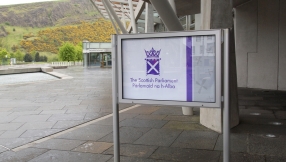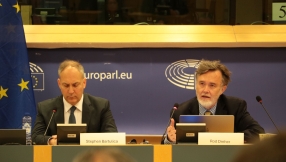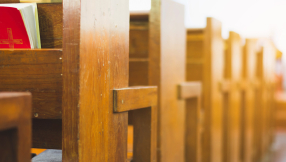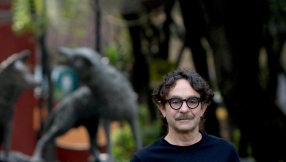A large rock lying loose in a corner of Jerusalem's Church of the Holy Sepulchre and known to tourists as the 'graffiti stone' could be a Crusader-period altar, according to Israeli researchers and Greek workers.
The rock, which is the size of a dining room table and could date back to the 12<sup>th Century, was closely inspected as a result of the recent work taking place to restore the Edicule, or Aedicule, which is the site protecting the tomb of Jesus Christ within the spacious church, Smithsonian magazine reported.
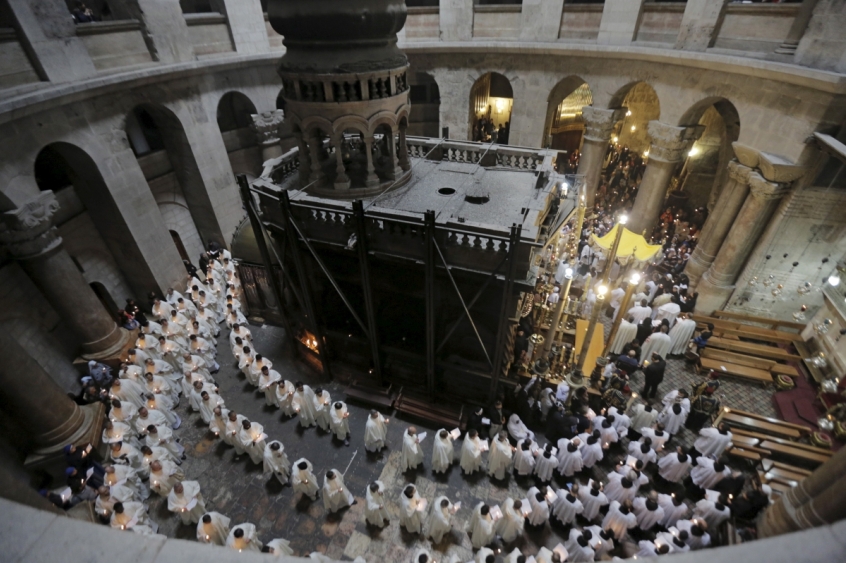
According to the magazine, Amit Re'em of the Israeli Antiquities Authority, who was monitoring the renovation, noticed intricate circles carved into the limestone with traces of marble and the rich red stone called porphyry.
Re'em, who specialises in medieval archaeology, then visited a Jerusalem library to look for evidence of other stones with similar markings. Along with the historian Ilya Berkovich at Munich's Ludwig Maximillian University, Re'em 'tracked the geometric pattern on the stone's design to a style popular in Rome in the 12th century,' the magazine reported. 'The use of four circles surrounding a central circle, all richly inlaid, was the trademark design of the Cosmati family, Roman artisans who worked for the pope.'
Re'em said: 'I think that this exquisite piece of art could be evidence for the papal artistic patronage in the church. It is proof that Crusader art was highly developed.' The researcher explained that it reflects the direct influence of Rome on the Jerusalem shrine, and that papal craftsmen may have been directly involved in the work.
Re'em believes that the altar was used for Mass until a fire in the church in 1808 before being buried under a new floor.
In 1969, Greek archaeologists began excavating in the nave and under the main altar east of the Edicule. The results of that work were never made public, but according to the magazine a Catholic priest realised that the Greek team found Crusader-era remains. 'Some were covered up, but others, including the rectangular panel examined by Re'em, were removed so that the researchers could access material from the earlier Byzantine era,' Smithsonian reported.
The Edicule has now been formally reopened after work by Catholic, Greek Orthodox, Armenian Orthodox and others, though relations among the various denominations that share the holiest site in Christianity are likely to remain tense.










